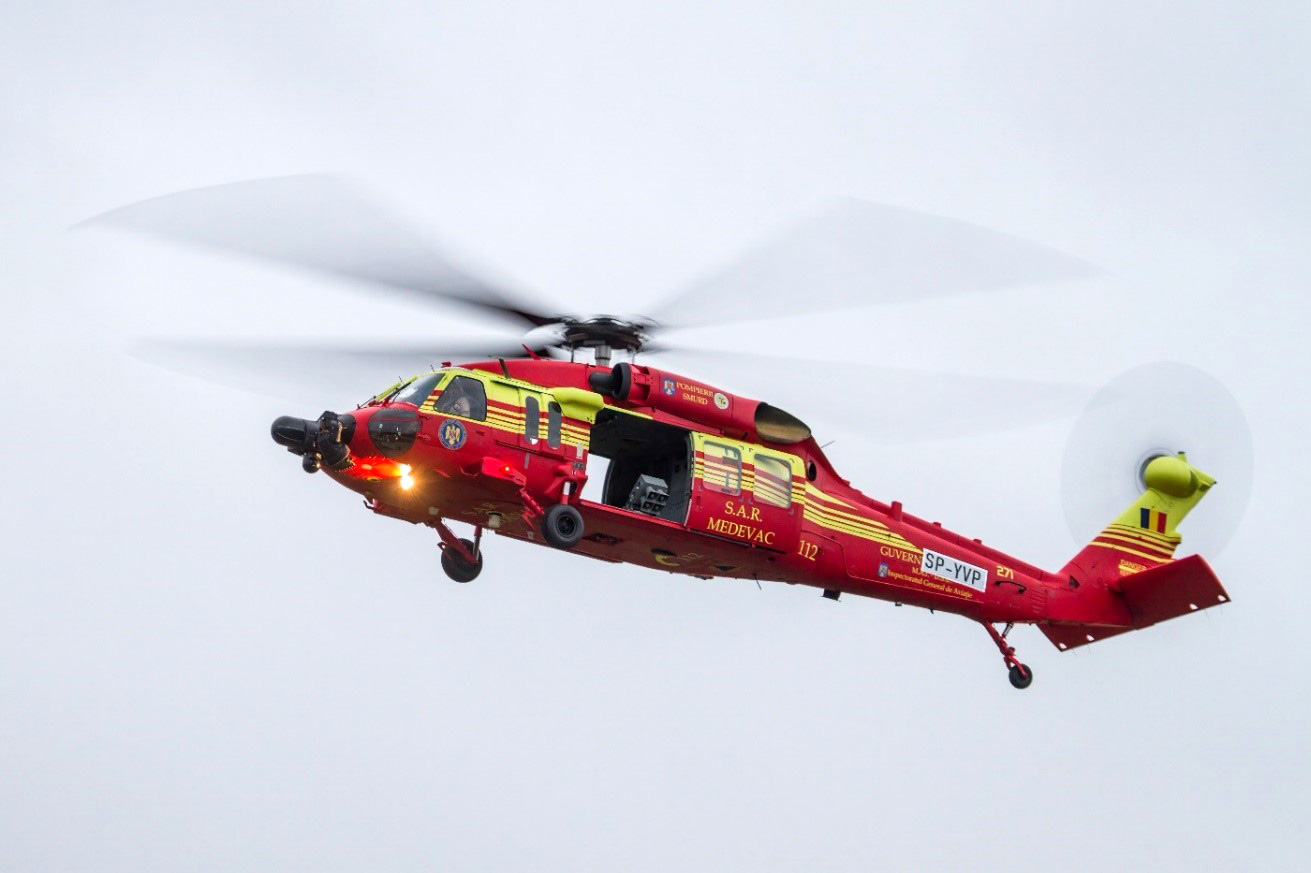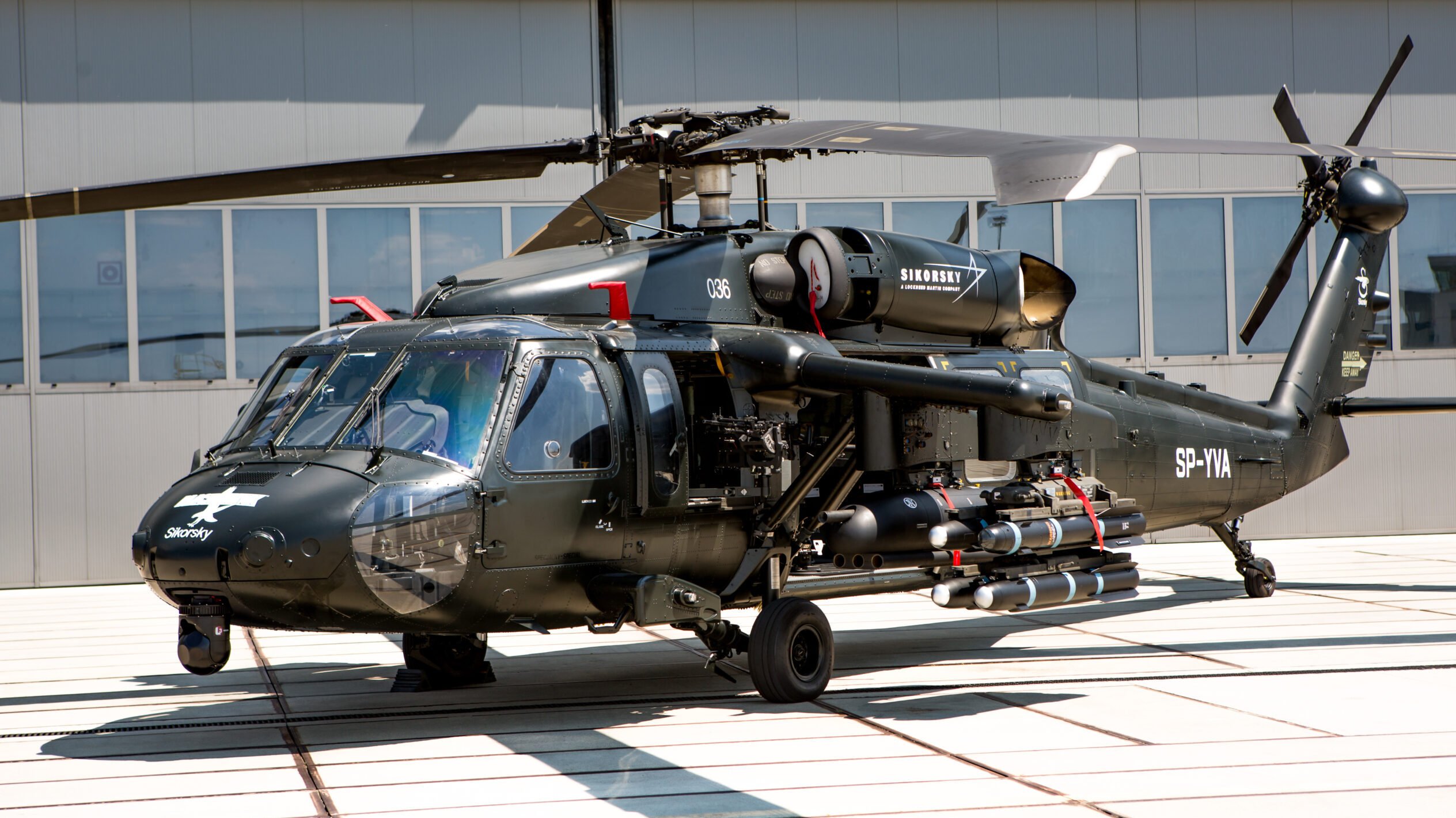High-Performance Multi-Role Rotorcraft Featuring Advanced Cockpit Technologies and Integrated Sensing Unit Equipments
The world of rotorcraft technology has seen significant developments in recent times, specifically in the world of high-performance multi-role rotorcraft equipped with cutting-edge cockpit innovations and seamlessly incorporated sensing unit systems. These technologies have not just increased the operational capacities of rotorcraft but have also significantly impacted contemporary aeronautics procedures on numerous fronts. From enhanced mission versatility to improved functional effectiveness, the convergence of innovative cockpit innovations and incorporated sensing unit systems has introduced a new period of opportunities for rotorcraft applications. In the following discussion, we will explore the advancement of rotorcraft innovation, explore the realm of innovative cockpit innovations, and check out the implications of incorporated sensor systems on the functional flexibility and performance of contemporary rotorcraft.
Development of Rotorcraft Innovation
The advancement of rotorcraft technology has been marked by considerable improvements in the rules of aerodynamics, products, and propulsion systems, shaping the capabilities and performance of modern-day rotorcraft. Wind resistant renovations have improved the performance and ability to move of rotorcraft, enabling increased speed, agility, and stability during flight (sikorsky s 70). Technologies in materials, such as making use of composite materials and advanced alloys, have resulted in lighter yet stronger rotorcraft structures, improving overall performance and resilience. Furthermore, developments in propulsion systems, including much more powerful engines and innovative propulsion technologies, have actually enabled rotorcraft to accomplish greater altitudes, faster speeds, and higher payloads.
These improvements have not only changed the capacities of rotorcraft but have actually likewise increased their applications throughout various sectors, including army, industrial, and emergency solutions. The continuous advancement of rotorcraft innovation continues to drive technology in the field, pressing the limits of what is feasible and forming the future of vertical trip.
Advanced Cockpit Innovations
Structure upon the foundational advancements in the rules of aerodynamics, materials, and propulsion systems, the world of rotorcraft innovation now changes focus in the direction of pioneering Advanced Cabin Innovations. The integration of cutting-edge modern technologies within the cockpit setting plays a critical function in boosting the operational capacities, security, and performance of modern rotorcraft. sikorsky s 70. Advanced Cabin Innovations encompass a broad array of functions designed to supply pilots with enhanced situational understanding, streamlined information administration, and intuitive control user interfaces
Among the crucial developments in cockpit design is the application of glass cabins, which replace typical analog gauges with high-resolution display screens. These electronic systems offer personalized designs, real-time data assimilation, and improved readability, making it possible for pilots to access vital information at a look. Advanced avionics systems, such as fly-by-wire controls and increased truth display screens, are revolutionizing how pilots communicate with the aircraft, allowing for precise control and enhanced decision-making capabilities.


Integrating sophisticated cockpit technologies not just improves pilot efficiency but also adds to overall goal efficiency and safety in complicated functional atmospheres. By leveraging cutting edge modern technologies within the cabin, rotorcraft producers are establishing brand-new criteria for functional quality and mission success.
Integrated Sensing Unit Systems
With the advancement of rotorcraft innovation, the integration of sophisticated Integrated Sensor Solution has actually ended up being paramount in improving functional efficiency and safety and security. These Integrated Sensor Equipments encompass a large range of modern technologies that provide essential data for numerous functions such as navigating, surveillance, targeting, and ecological monitoring. By seamlessly incorporating sensors like radars, cams, lidar, and infrared systems into rotorcraft, operators can take advantage of improved situational understanding, boosted mission capacities, and reduced pilot workload.
One secret benefit of Integrated Sensing unit Systems is their capability to collect real-time data and give actionable insights to pilots and goal drivers. As an example, progressed radar systems can detect and track targets over fars away, enabling early danger discovery and effective feedback preparation. Additionally, incorporating infrared and electro-optical cameras makes it possible for rotorcraft to conduct reconnaissance and surveillance objectives with precision and accuracy.
Basically, the integration of advanced sensor technologies into rotorcraft not only enhances operational performance yet additionally adds significantly to total goal success and staff safety and security. As rotorcraft proceed to advance, the duty of Integrated Sensing unit Equipment will unquestionably continue to be at the forefront of technology in the aerospace market.
Operational Flexibility and Efficiency
Enhancing functional adaptability and effectiveness in rotorcraft is a natural development from the combination of sophisticated Integrated Sensor Equipments. By leveraging the information and insights offered by these cutting-edge sensor systems, rotorcraft can maximize their efficiency across numerous objectives and environments.
Functional flexibility encompasses the capability of rotorcraft to adapt to various roles and circumstances successfully. With advanced cabin modern technologies and incorporated sensing unit systems, rotorcraft can perfectly change between jobs such as search and rescue, medical discharge, monitoring, and extra. This adaptability enhances the rotorcraft's ability to meet diverse functional needs without calling for extensive reconfiguration.
Performance in visite site rotorcraft operations is critical for optimizing mission performance and source utilization. Integrated sensor systems play a critical duty in improving functional efficiency by providing real-time data on weather, terrain mapping, target monitoring, and more. This data allows pilots to make informed decisions quickly, maximize flight paths, save gas, and improve overall mission productivity.
Effect on Modern Aeronautics Procedures

Additionally, the combination of advanced sensors assists in improved objective planning and execution, making it possible for rotorcraft to carry out a wide variety of jobs with enhanced accuracy. From search and rescue operations to aerial firefighting and police objectives, the capacities of modern rotorcraft furnished with advanced cockpit modern technologies and integrated sensing unit systems are exceptional.
In addition, the influence of these advancements extends past functional effectiveness to cost-effectiveness and sustainability. By maximizing trip routes, fuel usage, and upkeep schedules, high-performance rotorcraft geared up with sophisticated cabin technologies and sensors contribute to minimizing functional prices and environmental impact, making them vital assets in modern aviation operations.
Final Thought
Finally, the high-performance multi-role rotorcraft with innovative cabin technologies and integrated sensor systems stands for a significant advancement in aeronautics modern technology. These innovations enhance operational flexibility and effectiveness, eventually affecting contemporary aviation operations in a positive way. The integration of these innovative technologies enables boosted capacities and performance in various mission scenarios, showcasing the proceeded innovation of rotorcraft modern technology in the aeronautics sector.
The realm of rotorcraft innovation has seen notable advancements in current times, specifically in the realm of high-performance multi-role rotorcraft geared up with advanced cabin modern technologies and effortlessly integrated sensor systems. From boosted objective flexibility to improved functional efficiency, the merging of sophisticated cockpit modern technologies and incorporated official site sensor systems has actually ushered in a new era of opportunities for rotorcraft applications. In the following conversation, we will certainly explore the evolution of rotorcraft modern technology, dig right into the world of advanced cockpit technologies, and take a look at the ramifications of integrated sensing unit systems on the functional adaptability and effectiveness of modern rotorcraft.

Comments on “Unveiling the Sikorsky S 70: Developments and Advancements in Helicopter Engineering”